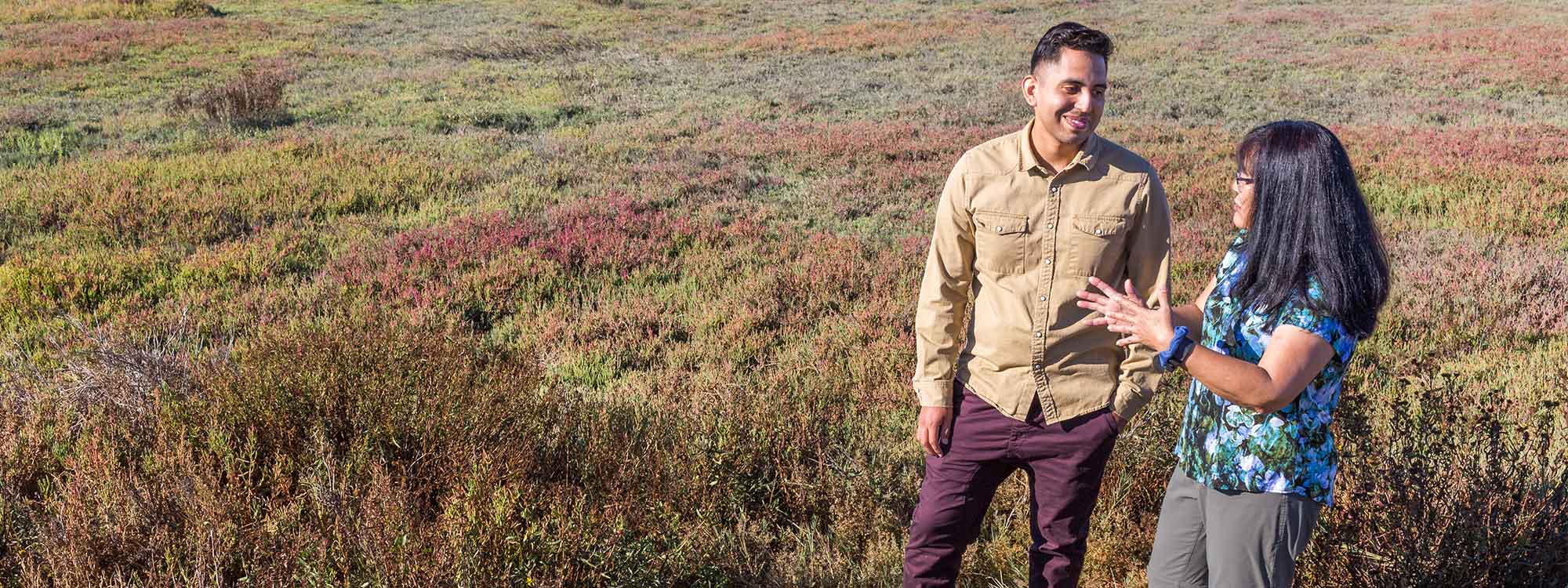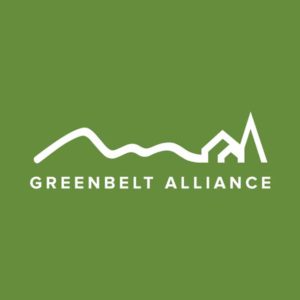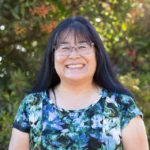Greenbelt Alliance’s signature At Risk is the definitive research on the Bay Area’s farms, ranches, and natural areas at risk of being lost forever to sprawl development. In an effort to bring these lands to the public view, we have real life stories told by the dedicated local residents who fight to keep them free from sprawl.
In Alameda County, 29,500 acres or 46 square miles of rangelands, farmlands, and natural areas are at risk of development in the next 30 years. This total has not changed significantly since our last report in 2012, but the threat is less imminent: today, land at high risk—facing development in the next 10 years—now totals 6,300 acres, a drop of a third since 2012.
The city of Newark is “clinging tooth and nail,” says Carin High, to a development proposal that sounds like something out of the 1960’s: a 500-unit luxury development with a golf course—on rare undeveloped wetlands along the Bay.
Despite regular draining, the so-called “Area 4” is habitat for endangered salt marsh harvest mice, water and song birds, and even burrowing owls.
Carin has been trying to protect these wetlands for over 20 years, along with Florence La Riviere, a soft-spoken but iron-willed wetlands advocate and mentor. In 2014, their group, the Citizens Committee to Complete the Refuge, won a lawsuit against the city over its environmental review of the proposed development.
“It’s just crazy,” says Carin, “but we’re going to have to keep fighting to save these lands.”
Its multi-million-dollar homes would sit on lands vulnerable to liquefaction in earthquakes, cut off by railroad tracks from the rest of the city, surrounded by pungent-smelling landfills and salt ponds, on land that already has to be drained every year—that sea level rise will put deeper underwater.
Today, new advocates are joining the fight, including Ricardo Corte, a recent Berkeley graduate who hopes one day to become a lawyer.
“It’s folly to destroy these lands,” says Ricardo. “With climate change and sea level rise, now we need our wetlands to save us.”
Learn more and download the At Risk 2017 report here.
Photos: Dani Padgett ©







